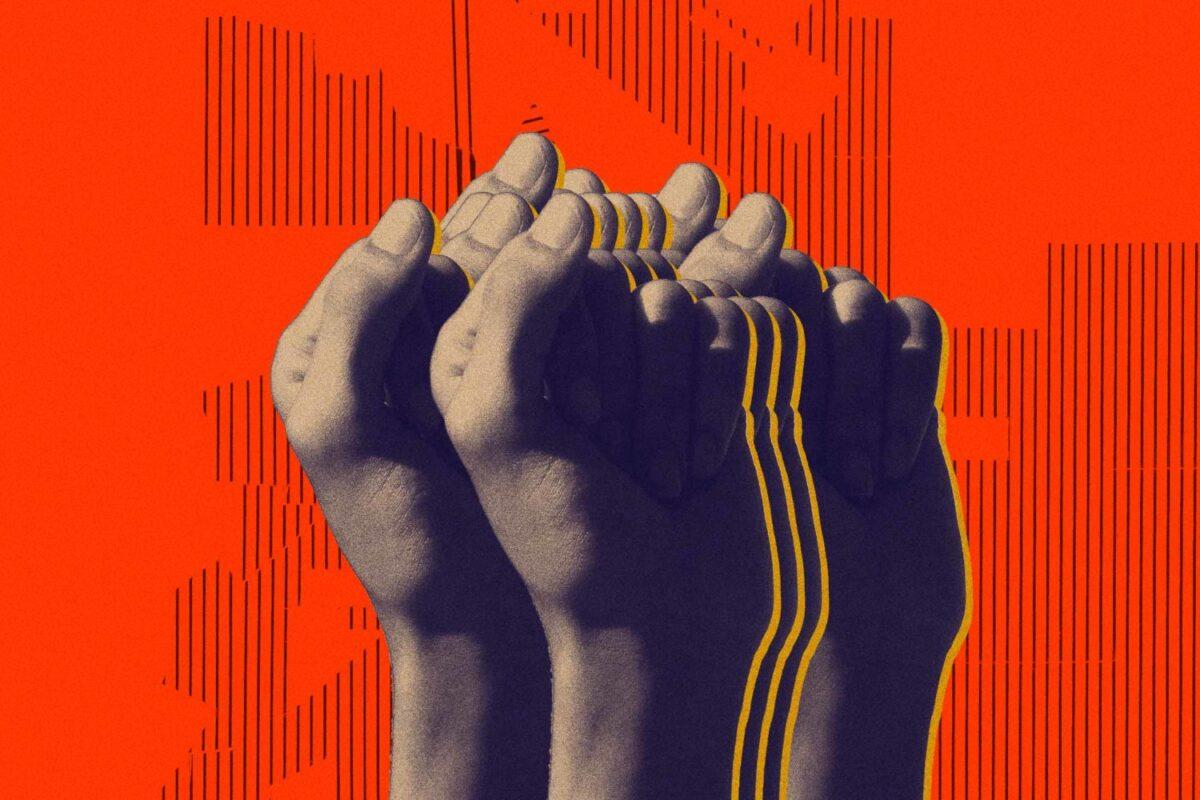The Appeal’s Favorite Stories of 2018
Our staff picks 12 stories worth reading (or rereading) before the new year.

We’ve had a busy year at The Appeal, covering the criminal justice system from the ground up in cities and counties across the country. We’ve exposed some of the key players and policies driving mass incarceration, and highlighted the powerful work of those pushing for reform. As we near the end of 2018, we asked our staff members to choose their favorite stories.

Policing
- Melissa Gira Grant and Emma Whitford’s reporting on Yang Song, a Chinese immigrant and sex worker, brought to light troubling omissions in the NYPD’s narrative of her death. The authors’ account, piecing together the testimony of families and neighborhood residents, indicated that Yang Song may have been sexually assaulted by a law enforcement official (or someone posing as one) and pressured to become an informant before her alleged suicide. This context raised questions about what really drove Song to her death, and the larger policing practices that made her feel so desperate in the first place. (George Joseph, staff reporter)
- In a searing look at local law enforcement’s role as foot soldiers for federal immigration policy, Debbie Nathan explored how federal funds meant to fight serious crimes like narcotrafficking and terrorism are being used to profile undocumented immigrants. She highlights the heartbreaking story of Jorge Arroyo, who was detained by a sheriff’s deputy during a routine traffic stop and turned over to ICE. (Aviva Shen, senior editor)

Prosecution
- For this piece, George Joseph investigated how a federal gun prosecution pipeline under former Attorney General Jeff Sessions affected the lives of Black people living in Alabama. The story is an important look into how gun control measures and a focus on “violent” offenders can destroy the lives of everyday people trying to survive. (Raven Rakia, staff reporter)
- This article by Katie Rose Quandt stood out to me because it took readers inside a felony murder case. It clearly explained felony murder rules to the uninitiated, and also the inner workings of the court from a juror’s perspective in relation to this case. I was drawn into the storytelling as if I was right there with the people Quandt spoke with for the piece. The story has a happy ending, too: This month, Colorado Governor John Hickenlooper commuted Curtis Brooks’s sentence. (Malecia Walker, senior copy editor)
- In the past 20 years, the number of people annually sentenced to death has dramatically declined. That’s because defense teams have improved, thanks largely to new members, the mitigation specialists, who do profound investigations into defendants’ lives and create empathy among juries. As a former mitigation specialist myself, I was impressed at how well this article by Maura Ewing describes the work. (Debbie Nathan, senior staff reporter)

Incarceration
- George Joseph and Simon Davis-Cohen wove a powerful narrative about Mario Ramos, a man who has spent decades on Rikers Island and in mental institutions, that showed how individuals with mental illness suffer in New York’s justice system. Ramos has been transferred between jail and mental institutions dozens of times, yet he is still not capable of standing trial. As the authors note, at any given point, more than 40 percent of Rikers’s population is mentally ill, so Ramos’s story paints an important picture of a widespread problem. (Kira Lerner, staff reporter)
- The prison strike was one of the year’s major stories in activism, but it was clouded by the opaqueness and secrecy of prison administrators. In that context, Raven Rakia’s “Why Prisoners Are Striking Today” was an essential guide to learning about the demands of the strikers and the terrible conditions they were protesting. (Daniel Nichanian, senior research and editorial fellow)
- Illness is the leading cause of death in America’s jails and prisons, but many of those deaths could be prevented with adequate medical care. In “Just Let Him Kick,” Elizabeth Weill-Greenberg provided a detailed portrait of how people suffering from chronic illnesses behind bars often fail to receive the care they need. (Ethan Corey, researcher/fact checker)
- In “Worse Than Guantánamo,” Kira Lerner introduced us to Sheriff R.L. “Butch” Conway of Gwinnett County, Georgia, who frequently used a “Rapid Response Team” to punish even minor disturbances with violent force. The story managed to convey both the brutality of life in this particular jail and, more broadly, the sometimes dangerous power of sheriffs. (Cassi Feldman, senior editor)

Commentary
- Character assassination is pervasive in media coverage of Black victims of violence. In “Against Innocence,” Zoé Samudzi exposed and rejected the idea that “only ‘innocent’ and uncomplicated victims deserve justice and safety.” (Crystal Maloney, social media editor)
- This year provided no shortage of stories of sexual violence survivors feeling ignored or doubted by prosecutors and judges. So when Judge Rosemarie Aquilina sentenced Larry Nassar, it was a national event; to some, her judgment sounded like righteous feminist fury. In this piece, Kelly Hayes and Mariame Kaba took on the considerable task of breaking down why punishment is not justice. (Melissa Gira Grant, senior staff reporter)
- The Appeal has published some incredible reporting this year, and has done a great job of centering real people affected by our criminal legal system. But I also find the pieces that contextualize that system more broadly to be invaluable. John Pfaff is one of the people who over the past few years has dramatically reframed the way I think about the criminal justice system, and I love this piece of his about what we value—and what we don’t. (Josie Duffy Rice, senior staff reporter)
